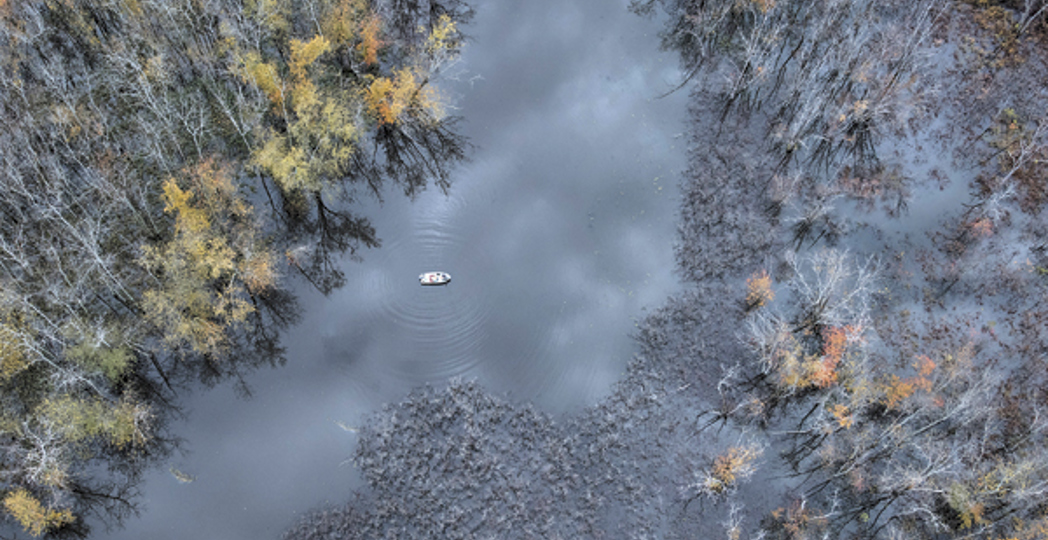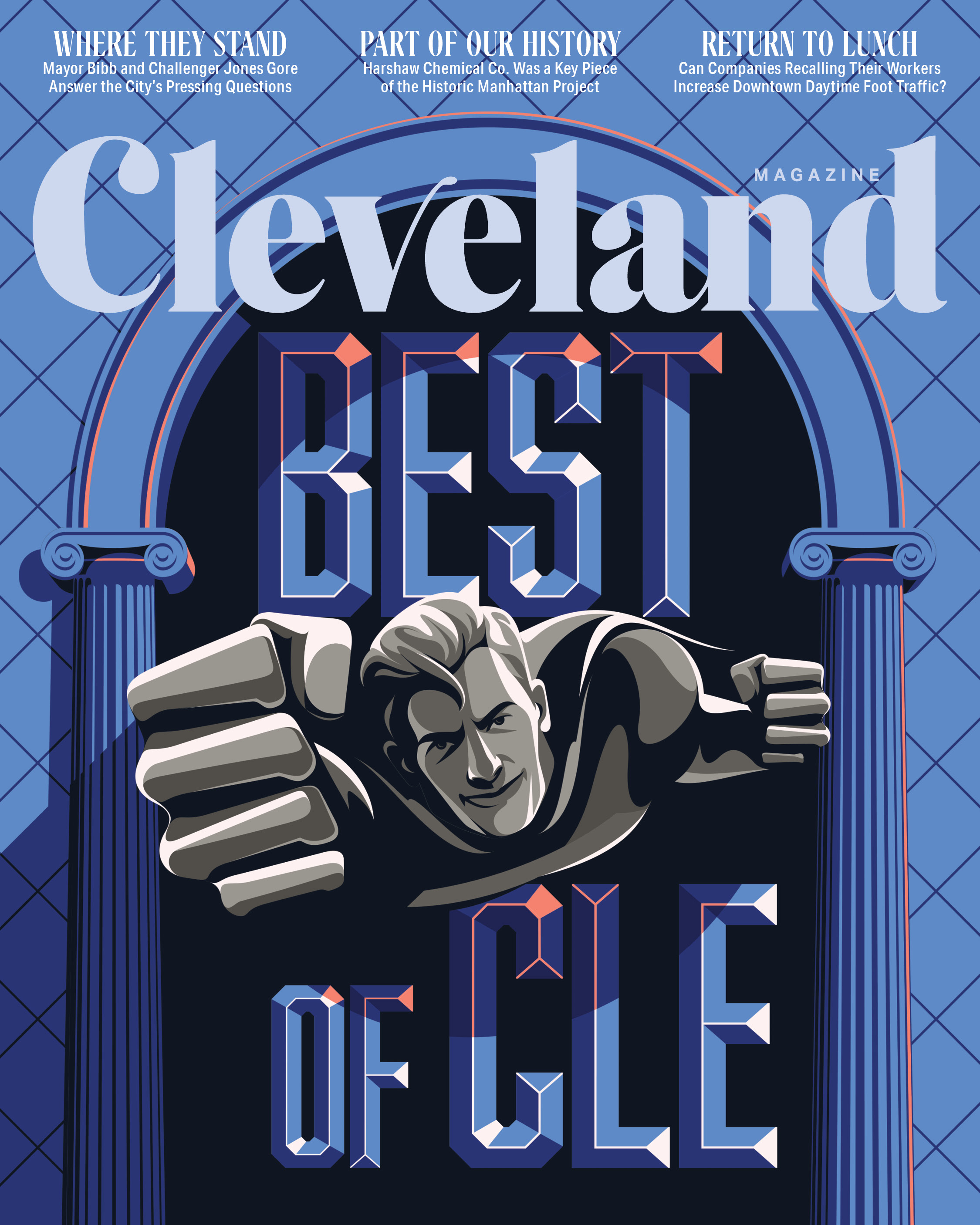Cuyahoga 50: Waterways to Waterways Offers Birds-Eye View
by Kate Bigam | Apr. 5, 2019 | 12:00 PM

Michael Tsegaye
When the Cuyahoga River caught fire in 1969, no one expected anything good to come from the ecological disaster. But the historic blaze did lead, in part, to the modern environmental movement and the creation of the Environmental Protection Agency.
This summer, the City of Cleveland vaunts Cuyahoga 50, a collection of community programs observing the fire’s 50th anniversary — and celebrating how far we’ve come. As part of the festivities, the Cleveland Foundation launched Waterways to Waterways, a yearlong cohort of its Creative Fusion Project. The initiative pairs Northeast Ohio artists with international counterparts, each team creating projects that link environmental change in Cleveland with global efforts.
With the fire’s exact anniversary falling on June 22, Waterways to Waterways’ roster includes time-sensitive installations and projects that continue throughout 2019.
“The ramifications of what the river means in a positive way — not just what it means to Cleveland in terms of our identity — is how much progress it meant for rivers and waterways nationally and internationally,” says Lillian Kuri, the Cleveland Foundation’s vice president for strategic initiatives, arts and urban design. Here, dip a toe into four of Waterways to Waterways’ upcoming projects.
Ohio City Welcome Center
Ohio City, soft opening May 11
Sudanese designer Malaz Elgemiabby partnered with Land Studio to turn an Ohio City storage facility into a welcome center that serves, and represents, the neighborhood’s diverse population. Elgemiabby conducted 250 interviews with Ohio City residents, including senior citizens living in the nearby Riverview Towers building and members of the burgeoning Somali population. She even became an Uber driver to try to generate more authentic conversations. The center is set to boast a large, open-to-the-public rooftop space overlooking the river, a suggestion from locals. “As a designer, you have to find out not only what people want but also what people need,” Elgemiabby says. “It’s about getting to know the people: what their struggles are, earning their trust, and building relationships.”
Aerial River Photography
Cleveland Print Room, show opening June 22
Cleveland painter John W. Carlson accompanied Ethiopian photographer Michael Tsegaye on a helicopter tour of the Cuyahoga River in October, where Tsegaye captured a series of unprecedented aerial river photos. Their flight departed from Burke Lakefront Airport, where the river empties into Lake Erie, and traveled 84 miles to the river’s headwaters in Hambden Township. “You go from industry, into a rural situation, then back into an urban situation, so you’re getting a real sense of time in an expansive way,” Carlson says, who acted as Tsegaye’s liasion throughout the project. “You get a sense of community in the air — that we’re all part of this thing.”
The Detroit-Superior Bridge Project
Opening June 22
It was 2012 when Kent State University’s Cleveland Urban Design Collective first proposed reopening the Detroit Superior Bridge’s lower level for pedestrian traffic. Now, they’re revisiting that vision with Squidsoup, a U.K. arts organization. Together, they’re creating a limited-time interactive experience on the former streetcar level, using light installations to spotlight the bridge’s darker corners and help visitors imagine what a functioning public space over the river might look like. “Squidsoup will bring people to the bridge and remind them what an amazing space it is,” says CUDC director Terry Schwarz. “At the same time, we’re updating that 2012 plan, hopefully laying the groundwork for a legacy project that would make that bridge more a part of the public realm.”
A Greener Bulkhead
Location TBD, June 18-22
Doug Paige, a Cleveland Institute of Art professor of industrial design, and Berlin architect Lukas Kronawitter are taking on a hefty engineering project. Along with a team of CIA students, the duo is reimagining the Cuyahoga River’s bulkhead — the area separating the waterway from land — with a more environmentally sustainable design. The group is producing a conceptual, scaled model of their green idea as a study in biomimicry, or man-made designs that mimic constructions found in nature. “The Cuyahoga was and is a highly industrialized river, engineered for industry and transport,” Kronawitter explains. “As a result, the ecosystem
suffers, but it never goes away.”
Trending
-
1
-
2
-
3
-
4
-
5










